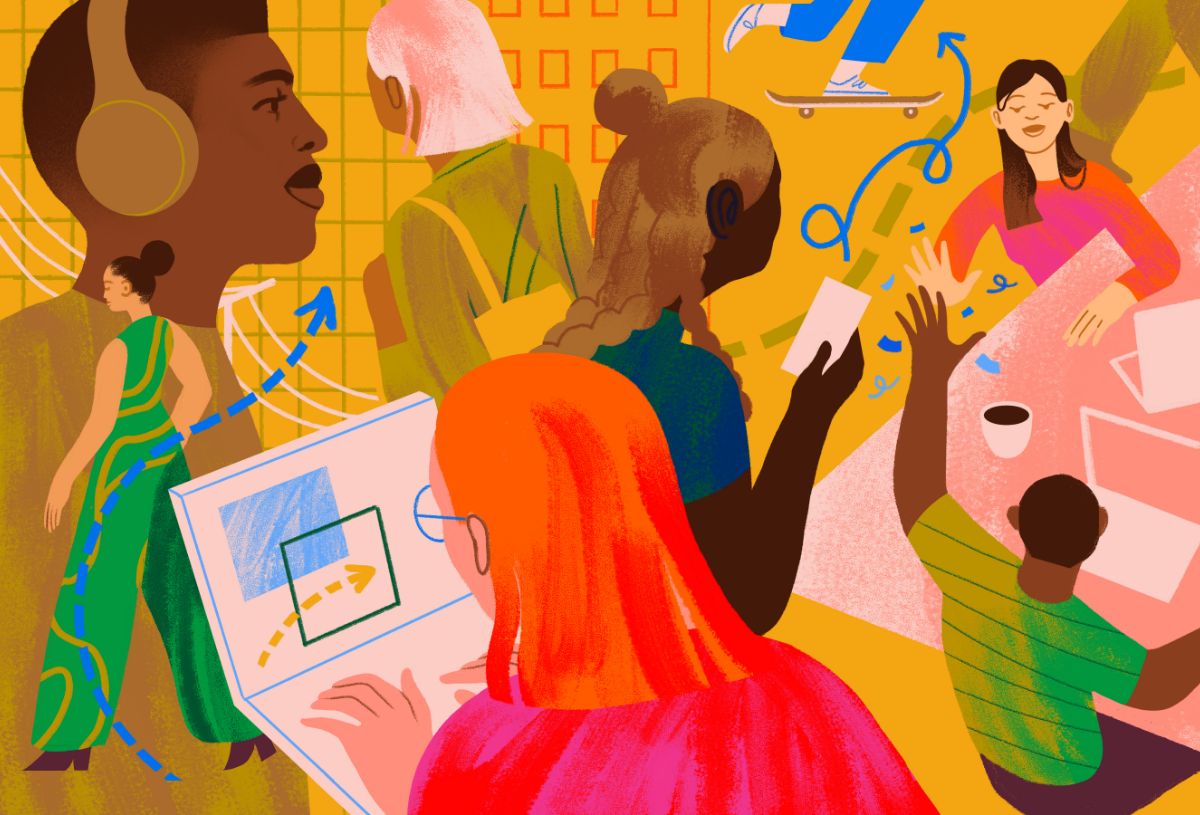Company Culture and Layoffs
Can you preserve the best of what you’ve built?

Updated on
August 6, 2025
6
August
2025
Every week seems to bring a new announcement of company layoffs.
Why? Layoffs are seen as a quick and easy way to cut costs in an uncertain economy—but at what cost to surviving employees and culture? Mass layoffs affect not only those who lose their jobs, but also those who stay behind. Studies on layoffs find:
- Layoff survivors experience a substantial decline in job satisfaction (-41%), job performance (-20%), and intent to stay (-36%)
- Just a 1% workforce layoff can result in a 31% increase in voluntary turnover
- Other impacts of layoffs include disengagement, lower work quality, and reduced innovation
- An organisation’s reputation can be damaged during layoffs, making it difficult to attract talent for needed roles.
Layoffs are incredibly hard, and companies must work even harder to sustain their company culture and take care of their people after a layoff.
Is it possible to prioritise employees and preserve culture after layoffs?
1. Be transparent and empathetic
Often layoffs are announced to employees with no reason or insight into the decision making. Even if you can’t go into specific details or give out too much information, let employees understand why the layoff was necessary. Take responsibility for the layoffs and outline what is being done to prevent them in the future. Showing empathy in your communications is critical, both to those who have been laid off as well as the employees who weren’t. What you say (and how you say it) is crucial in helping your people move forward.
2. Check in with your people
How are those who are still with the company feeling? What are they worrying about? Help your leaders support their teams through the aftershocks of a layoff with information and resources. As you make changes after a layoff, include leaders of all levels in change management plans. Consulting with—not just informing—leaders of new changes will help them understand and support them, and better roll them out to their teams. Go beyond issuing talking points and create understanding so leaders can articulate the change with confidence in their own voice.
3. Maintain the employee experience
Your departing employees also carry your reputation with them. Do all you can to create a supported, positive separation experience. While you may be cutting costs, there are simple, no-cost things you can do to maintain a culture of high care and trust. Can your recruiters become outplacement specialists, resume editors, or interview coaches? Can your HR team adopt a high-care approach to the separation? Doing something as simple as offering face-to-face sessions for Q&A about separation details can create a personalised approach in a difficult life moment. For those who stay, clear communication, one-on-ones with employees, connecting to purpose, showing appreciation, and listening to (and acting on) their feedback and suggestions can help maintain a positive employee experience.
4. Show appreciation
Show heartfelt, genuine, personal appreciation for your employees who continue with you after the layoffs and who you will depend on to keep you going. A message that accompanies a sincere gesture of thanks for their understanding, and continued contributions will go a long way to reassure them they are valued. Cutting recognition during crisis can lead to a 49% decrease in engagement and 20% higher intent to leave the organisation and reinforces the message that the organisation is not focused on people as a priority.
5. Heal and strengthen community and belonging
No matter what side of the layoff employees land on, every employee will question if their jobs are safe and if their company still cares about them. Bolster their wellbeing by communicating often and in many ways, including moments of recognition that connect them and their work to your organisation, your purpose, and their teams. Communicate shared goals and your commitment to them and continue to build camaraderie, trust, and unity as you move forward.




